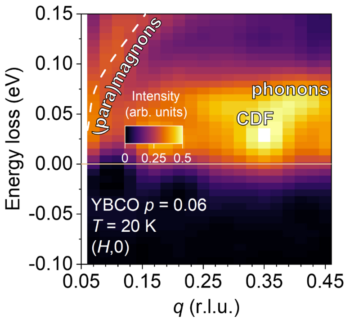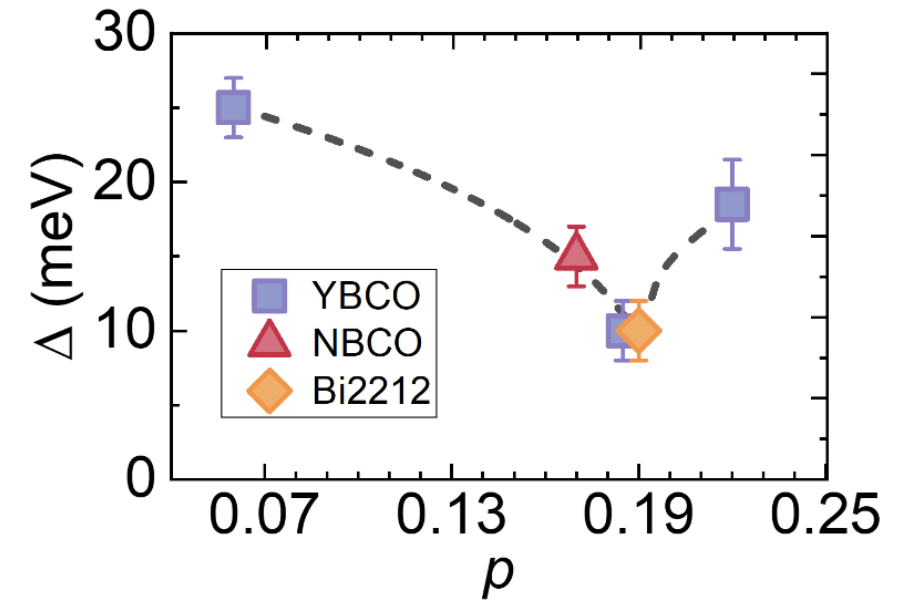

After almost 40 years from the discovery, high Tc superconductivity in doped cuprates still represents one of the most challenging open problems in condensed matter physics. Although many questions remain as such, the clear evidence is that all the different regions of the phase diagram play a key role, either collaborative or competitive, in the emergence of superconductivity under specific conditions.
Among others, the so-called “strange metal phase” has held the attention of the community for decades. It represents the normal state of cuprates superconductors and hosts a plethora of unusual properties, such as a linear in temperature resistivity, anomalies in the optical conductivity and in the magnetoresistance. A similar phase of matter has been found in other families of superconducting quantum materials. As a general evidence, the strength of the superconducting phase in all these different families and of the strange metallicity are tightly bound, motivating innovative approaches for the understanding of this intriguing phase.
It is a general belief in the community that this special phase of matter is governed by a quantum critical point, which represents a singularity in the phase diagram at 0 K and is always accompanied by quantum fluctuations at finite temperature. However, the detection of these fluctuations has always been a challenge.
In this work we support the hypothesis that the recently discovered charge density fluctuations (CDF), ubiquitous in the cuprates’ phase diagram, could represent the quantum fluctuations governing the physics close to a quantum critical point. By measuring the temperature and doping dependence of the CDF in different families of cuprates using RIXS (Fig. 1) we conclude that approaching the putative quantum critical point at the doping of p*≈0.19 the intensity of the CDF is maximised while their intrinsic energy is minimal (Fig. 2). These experimental findings represent a strong evidence of quantum critical behaviour supporting the crucial role of charge order in shaping the strange metallicity in cuprates.

Comments are closed